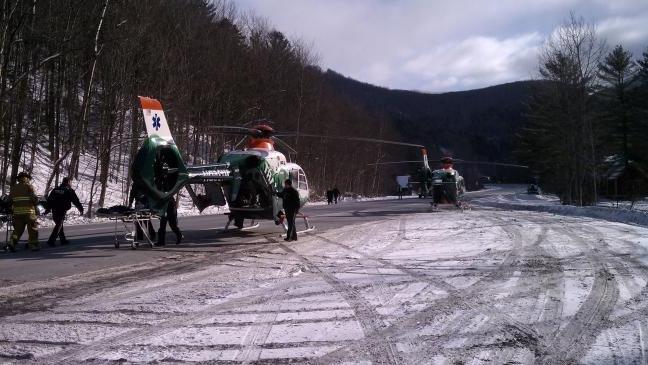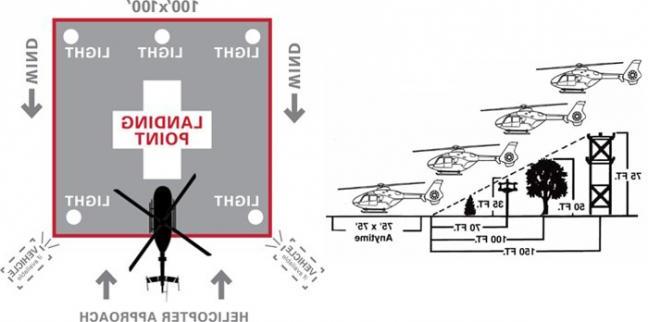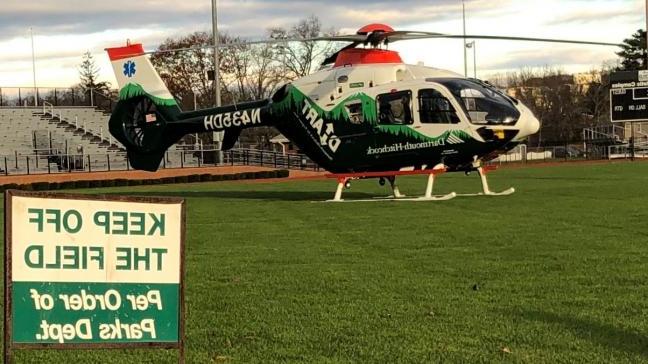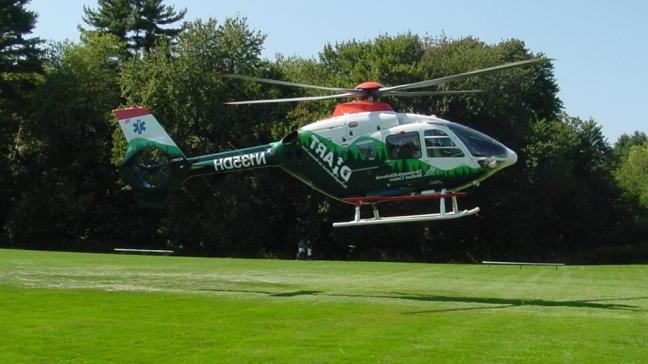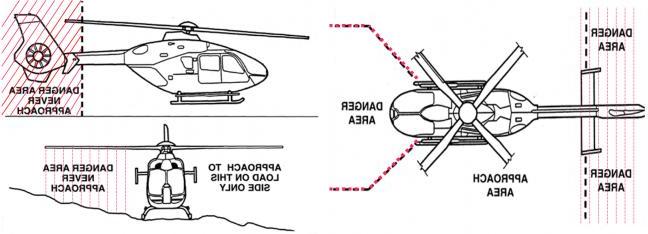The Dartmouth Hitchcock Advanced Response Team (DHART) offers 地面安全课程 EMS供应商. These courses help providers learn about DHART capabilities and how to prepare a landing zone for the helicopter.
地面安全课程
A 地面安全航线 is led by a DHART crewmember at the requestor’s location. The purpose of the course is to train EMS providers to be Landing Zone Coordinators (LZ Coordinators). Covered topics will include:
- Capabilities of crew and aircraft
- Emergency procedures in the event of a crash
- General idea of how DHART makes weather decisions
- How we partner with EMS providers
- Overview of DHART including locations, crew, and equipment available
- Overview of when and how to request a transport and when to request
- 准备着陆区
- Safety precautions taken before and during flight
安全着陆区
Part of being an effective LZ Coordinator is learning the necessary guidelines for a safe landing zone. 这些都是:
- 白天:75英尺× 75英尺
- 夜间:100英尺× 100英尺
- 水平空间
- Free of obstructions and debris
- Loose items are secured - aircraft will generate 90 mph winds
- Allows for safe approach and departure
- Grass should be less than 2 feet high and all dirt watered down as needed
- 应该把雪压实
Communicating with the aircraft
LZ Coordinators will learn to communicate with the aircraft, including which radio channels to use and what key information to pass on.
- 新罕布什尔州的机构:使用 V med 29
- 佛蒙特州机构:使用 V tac 4
The LZ Coordinator will be the only point of contact for the pilot. They will have sole responsibility for the landing zone.
The pilot will be looking for the following information on initial contact:
- Describe markings and obstacles such as wires, poles, trees, vehicles, buildings, and loose objects.
- The use of compass headings to describe obstacles, e.g.; “Wires border the LZ to the West” is preferred over “There are wires on my left side”.
- Estimate wind speed, direction, and gusts. The LZ Coordinator should face the LZ with their back to the wind.
- If any danger is seen during the approach, announce "DHART stop."
This is an example of an LZ Coordinator report:
“DHART 2 this is Kittery LZ Command. 你的降落区是一个棒球场, approximately 150ft by 150ft located on the south side of the school building. It is marked by four beacons. There are large trees on the northeast perimeter and wires running east/west along the south perimeter. There are slight gusts from the west.”
最后的方法
As the helicopter is entering the final approach, the LZ Coordinator and any other personnel in the landing zone should do the following:
- Ensure eye and ear protection.
- 限制活动. 无车辆活动.
- 夜间的灯光纪律. The crew may ask for lights to be turned off.
- 不要点燃照明弹.
- If any danger is seen during the approach announce, "DHART STOP".
- Limit radio communication to essentials only
- In case of communication failure and there is danger, wave off the helicopter by crossing your arms over your head repeatedly. The helicopter will climb and re-establish communications.
降落后
There are several important steps and precautions after landing and before a patient is loaded on. 它们包括:
- Never approach the aircraft unless signaled to do so by a crew member
- 禁止吸烟
- Keep vehicles and bystanders back
- 禁止车辆移动
- Be aware of the helicopter danger areas (shown below).
